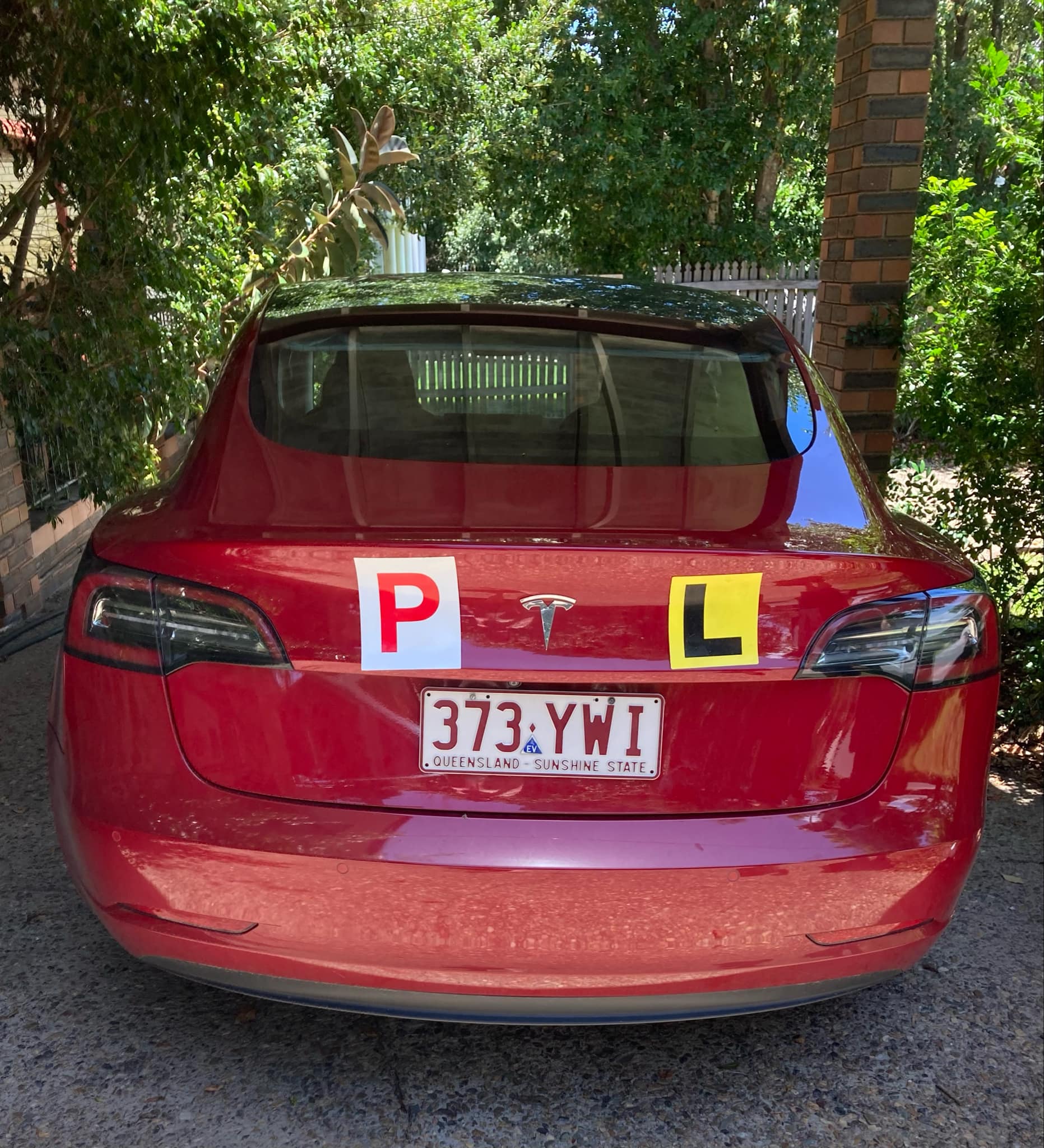Sign up for daily news updates from CleanTechnica on email. Or follow us on Google News!
The US Postal Service is getting a big, green thumbs-up for launching a new fleet of electric vehicles. However, Postmaster General Louis DeJoy is still in the hotseat over mail delivery snafus in the leadup to Election Day 2024, which just goes to show that fleet electrification is not the same thing as getting all those mail-in ballots delivered to the elections office on time.
Electric Vehicles For The US Postal Service
News about the Postal Service’s brand new fleet of electric vehicles lit up the Intertubes this week, after Associated Press reporters David Sharp and Ron Harris recapped the agency’s magical journey from a fleet of skanky old pollution-spewing neighborhood mail delivery trucks into a fleet of brand new but weird-looking delivery vehicles.
To be clear, not all of the new delivery vehicles are electric. In fact, most of them are not electric. The USPS fleet makeover saga began back in 2021, when Postmaster DeJoy proposed to replace the Postal Service’s aging gasmobiles with new delivery vehicles, under the moniker NGDV (short for Next Generation Delivery Vehicles).
The primary aim was to fix significant issues relating to driver safety and comfort. With most of the original fleet past its intended 25-year lifespan, fuel efficiency and fleet reliability also needed serious attention. In other words, fleet electrification was an afterthought. The initial proposal called for only about 10% of the new delivery trucks to be electric.
More Electric Vehicles For The US Postal Service
Environmental organizations and other vehicle electrification advocates soon cried foul over the snub. Adding fuel to the fire of outrage, the NGDV contract went to Oshkosh Defense, a firm not particularly known for its work in the electric vehicle field.
On the plus side, though, Oshkosh had engaged in significant EV partnerships by the time it won the Postal Service contract. At the time, CleanTechnica also noted that Oshkosh designed its NGDV to accommodate either battery-electric drive or a conventional gas engine depending on whatever the Postal Service wanted, which partly accounts for the weird, waddling silhouette of the vehicle.
Reportedly, plans were also in the works to make the engine retrofit-friendly, in case the Postal Service was ever of a mind to remove the engines and replace them with electric drive sometime in the future.
That did little to mollify the critics. In response to the hubub, Congress came through with funding to increase the number of EVs in the Postal Service fleet. To get that done, the Postal Service switched gears. Instead of only deploying bespoke NGDV electric vehicles from Oshkosh, the new plan involves additional off-the-shelf purchases, like the Ford E-Transit delivery van. EV startups like Canoo may also be in the running (see more reporting on the Postal Service’s EV plans here).
In their reporting for AP, Sharp and Harris highlight several enthusiastic reviews of the new electric vehicles from Postal Service employees who have been driving them around. The two reporters also provide a handy recap of DeJoy’s fleet makeover pledge. By the numbers, the Postal Service is purchasing a total of 106,000 vehicles through 2028, including 45,000 electric NGDVs and 21,000 off-the-shelf electric vehicles of one sort or another. Reportedly the plan also calls for new vehicle purchases to be electric-only beginning in 2026.
What About Fuel Cell Electric Vehicles?
In case you’re wondering about fuel cell electric vehicles for the Postal Service, that’s a good question. The prevailing consensus is that the market for passenger cars and other light duty vehicles is a tough nut for fuel cells to crack. The Postal Service itself has been assessing fuel cell electric vans since the early 2000’s without gaining much traction.
However, there is still some activity among transportation and shipping stakeholders in the area of heavy duty vehicles, including Class 8 trucks such as those used by the Postal Service and its carriers. Last year the longtime Postal Service carrier AJR Trucking dropped a hint in that direction when it put in an order for 50 Class 8 heavy duty fuel cell electric trucks from the US firm Nikola Motor. No word yet on whether or not those specific trucks will be carrying any loads for the Postal Service, but the wheels are in motion.
The AJR order from Nikola is being filled through the California truck dealer Tom’s Truck Center, which just became the first commercial truck dealership to host a modular hydrogen fueling station on its premises. Nikola expects the modular station to be upgraded to a permanent fueling facility by 2026.
Electric Vehicles Good, Election Protection Better
The Office of the Chief Sustainability Officer of the US notes that the Postal Service’s new target of 66,000 electric vehicles surpasses the goalpost for federal fleet electrification set by the Biden administration. That, along with plans for installing thousands of new EV charging stations, was impressive enough to earn the Postal Service a 2024 Presidential Sustainability Award in the category of “Electrifying the Federal Fleet.”
“The U.S. Postal Service (USPS) is leading by example,” the Sustainability Office explains, referring to fleet electrification.
As for election protection, not so much. On September 11, state and local elections officials from all 50 states plus the District of Columbia and all the US territories, sent an open letter to DeJoy outlining their concerns about mail delivery leading up to Election Day 2024, on Tuesday, November 5.
“Over the course of the last year, election officials across the country have raised serious questions about processing facility operations, lost or delayed election mail, and front-line training deficiencies impacting USPS’s ability to deliver election mail in a timely and accurate manner,” the group states.
Citing a recent USPS Office of Inspector General Audit of readiness for the 2024 election, the group zeroes in on systematic lapses in training, system-wide delivery delays, and a significant increase in the amount of mail mistakenly marked “undeliverable,” any or all of which could impact voters’ registration status or otherwise prevent them from voting.
“State and local election officials need a committed partner in USPS. We implore you to take immediate and tangible corrective action to address the ongoing performance issues with USPS election mail service,” the group concludes.
Don’t Just Stand There — Do Something
While state and local elections officials duke it out with USPS, you can take some key steps to make sure your vote counts.
Check your registration status now, even if you never had a problem with your registration before.
If you’re eligible to vote but haven’t registered yet, do it now. Contact your local elections office to get instructions and forms.
If you plan to use a mail-in ballot, contact your local elections office to find out when you can expect to receive it. Contact them again if it doesn’t come by that date. Once you get it, fill it out and send it back immediately before it gets lost on your to-do list.
If your state has early voting days, find out where your early voting location is, and vote early. Don’t risk long lines and delays at your regular polling place on Election Day.
If you have any other tips or guidance for new voters, drop a note in the comment thread. Better yet, tell your friends.
Follow me via LinkTree, or @tinamcasey on Threads, LinkedIn, and Instagram
Image (cropped): The US Postal Service is finally pumping more electric vehicles into its fleet, but elections officials want to see an election protection plan, too (NGDV rendering courtesy of Oshkosh Defense).
Have a tip for CleanTechnica? Want to advertise? Want to suggest a guest for our CleanTech Talk podcast? Contact us here.
Latest CleanTechnica.TV Videos
CleanTechnica uses affiliate links. See our policy here.
CleanTechnica’s Comment Policy





